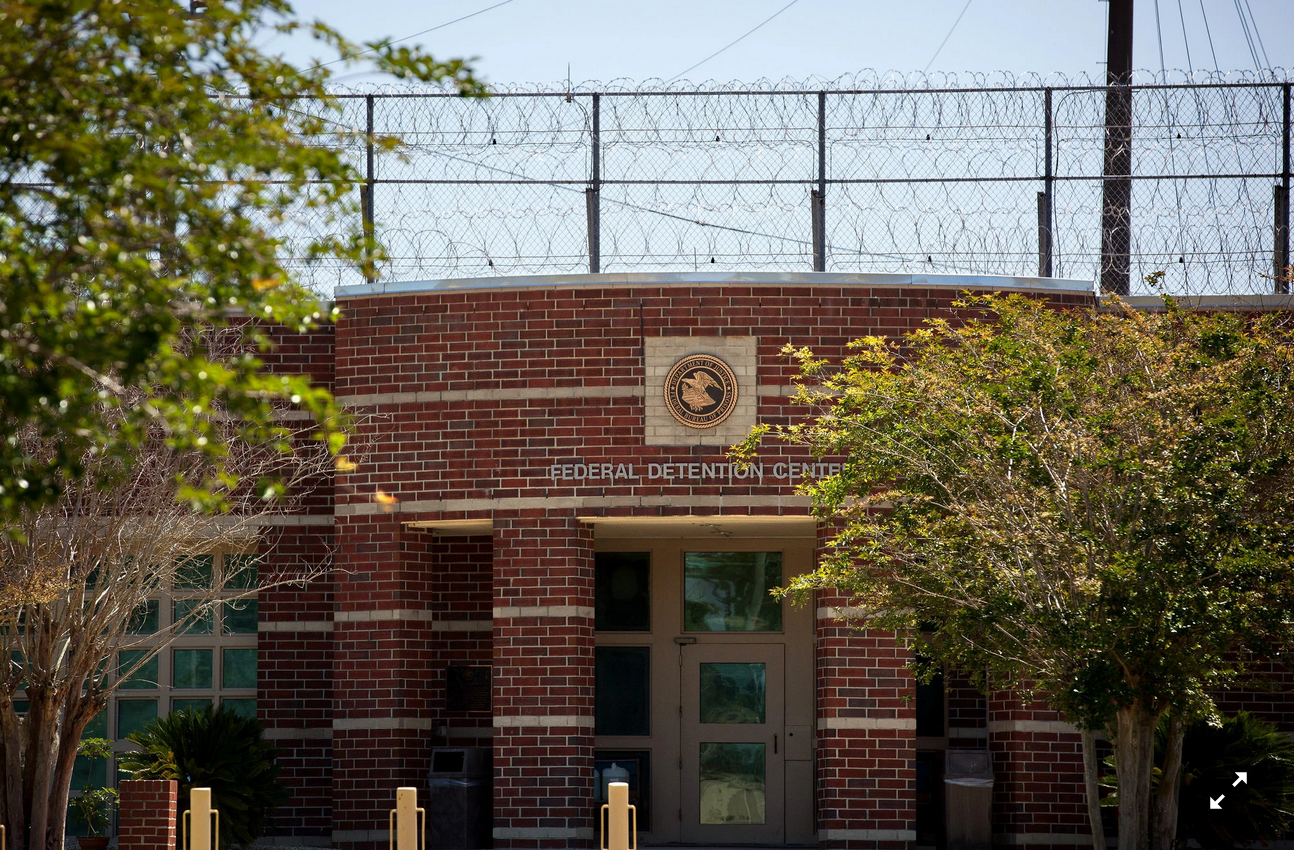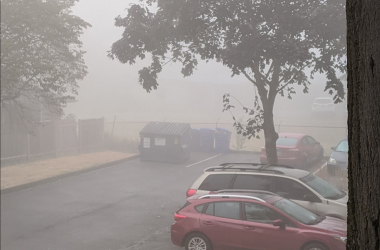New York Times
March 29th, 2020
An inmate talks about the AIDS experience, and a leader in prison education stresses the value of in-person teaching.

To the Editor:
As a person living inside a New York State prison, I lived through the last major health crisis, the AIDS epidemic. There are similarities and differences between AIDS and the Covid-19 pandemic.
We lost many people, but we found a way to slow the spread of AIDS through inmate-to-inmate communication and education. Then, we created PEPA, the Prisoner Education Project on AIDS, which was eventually replicated across the country and along with advocacy groups saved many lives. Something similar is needed now.
The best way to improve safety is to reduce the prison population.
Maintaining a safe distance from others in prison is impossible. As a result, we will potentially suffer widespread infection, and the impact could quickly spread to communities beyond the bars. Correction officers and employees interact with people in prison and return to their homes daily.
Peer education is vital for explaining the importance of and best means for social distancing and hygiene while still facilitating communication with family and friends.
Most crucially, the policies we are living under will be most effective when we have a say in shaping them. Allowing prisoners an active role in creating a safer environment will protect lives both inside and out.
David Gilbert
Shawangunk, N.Y.





